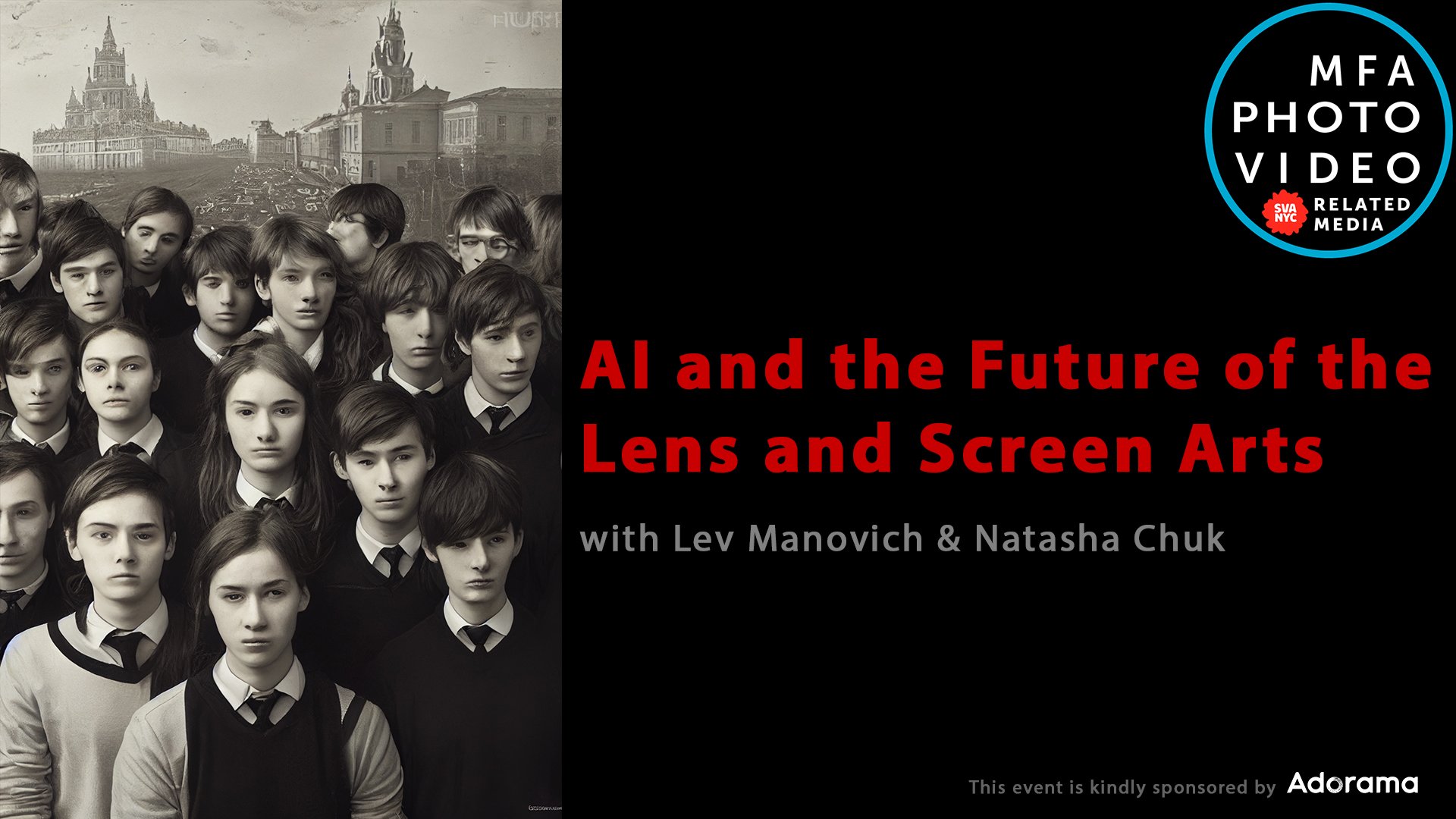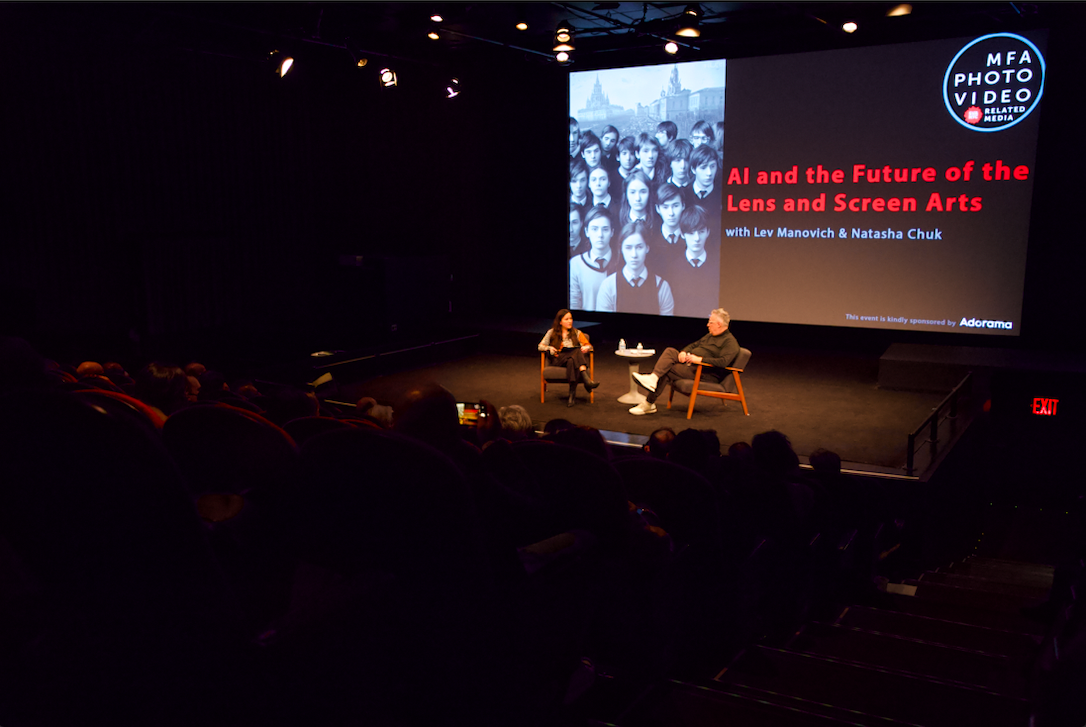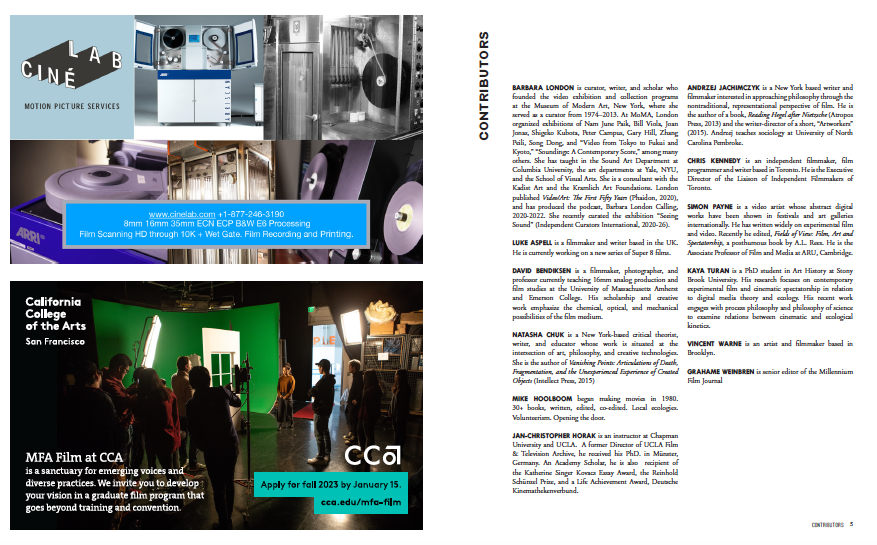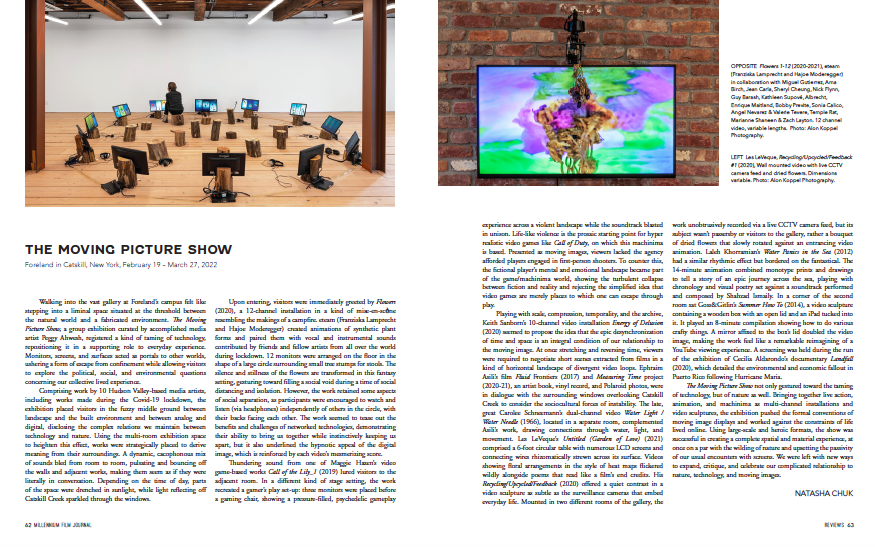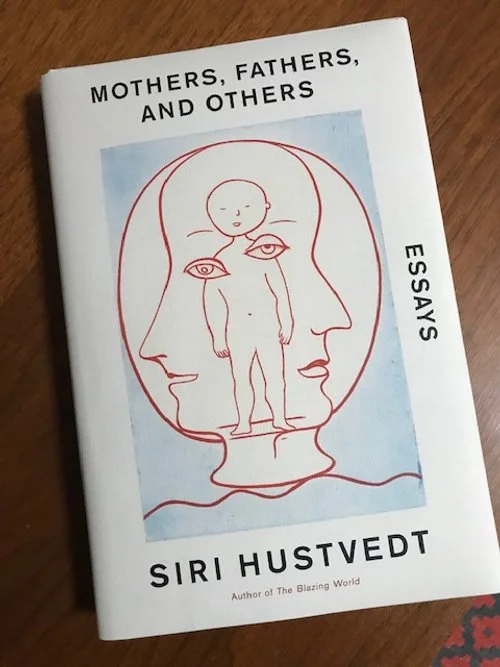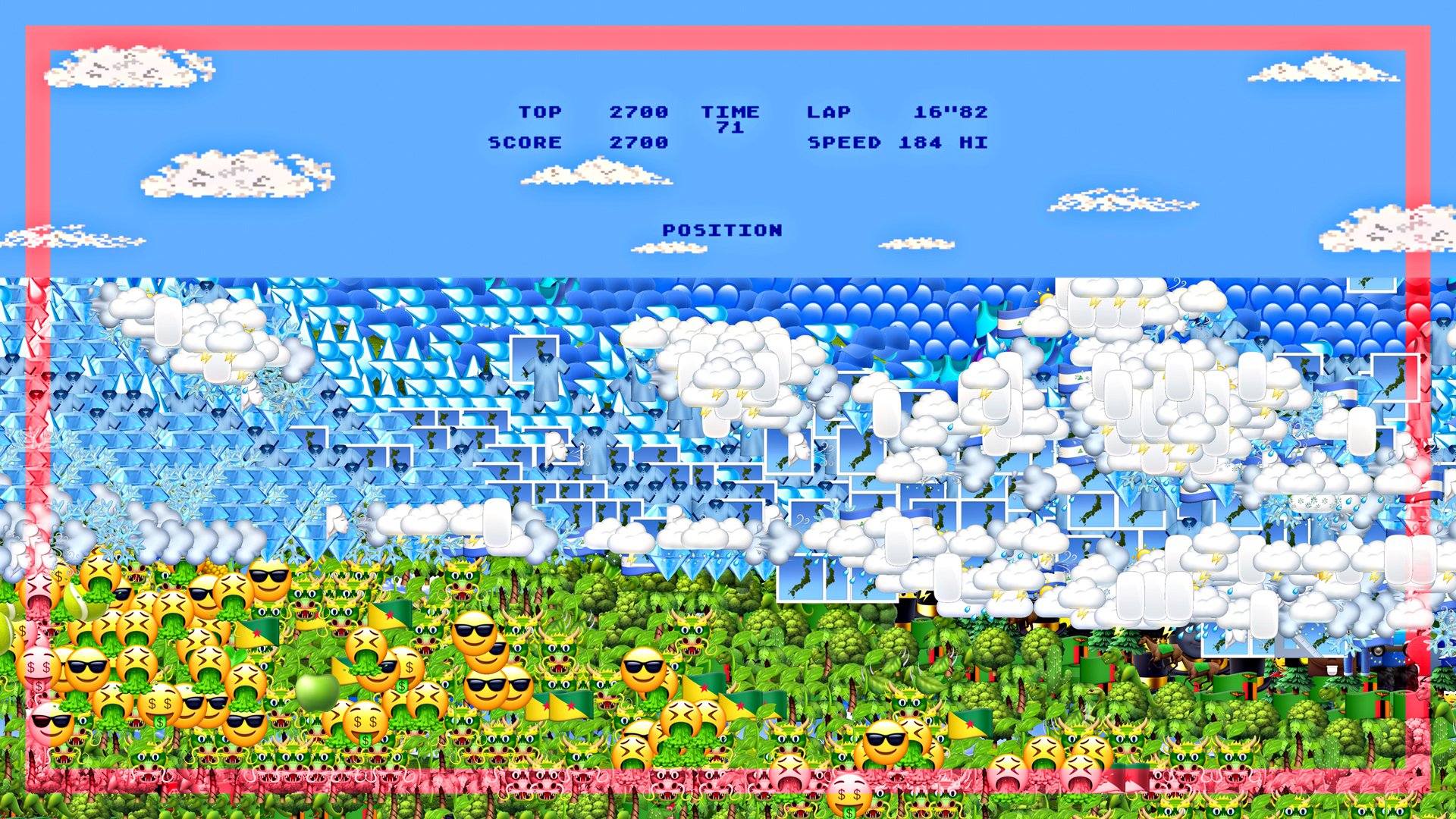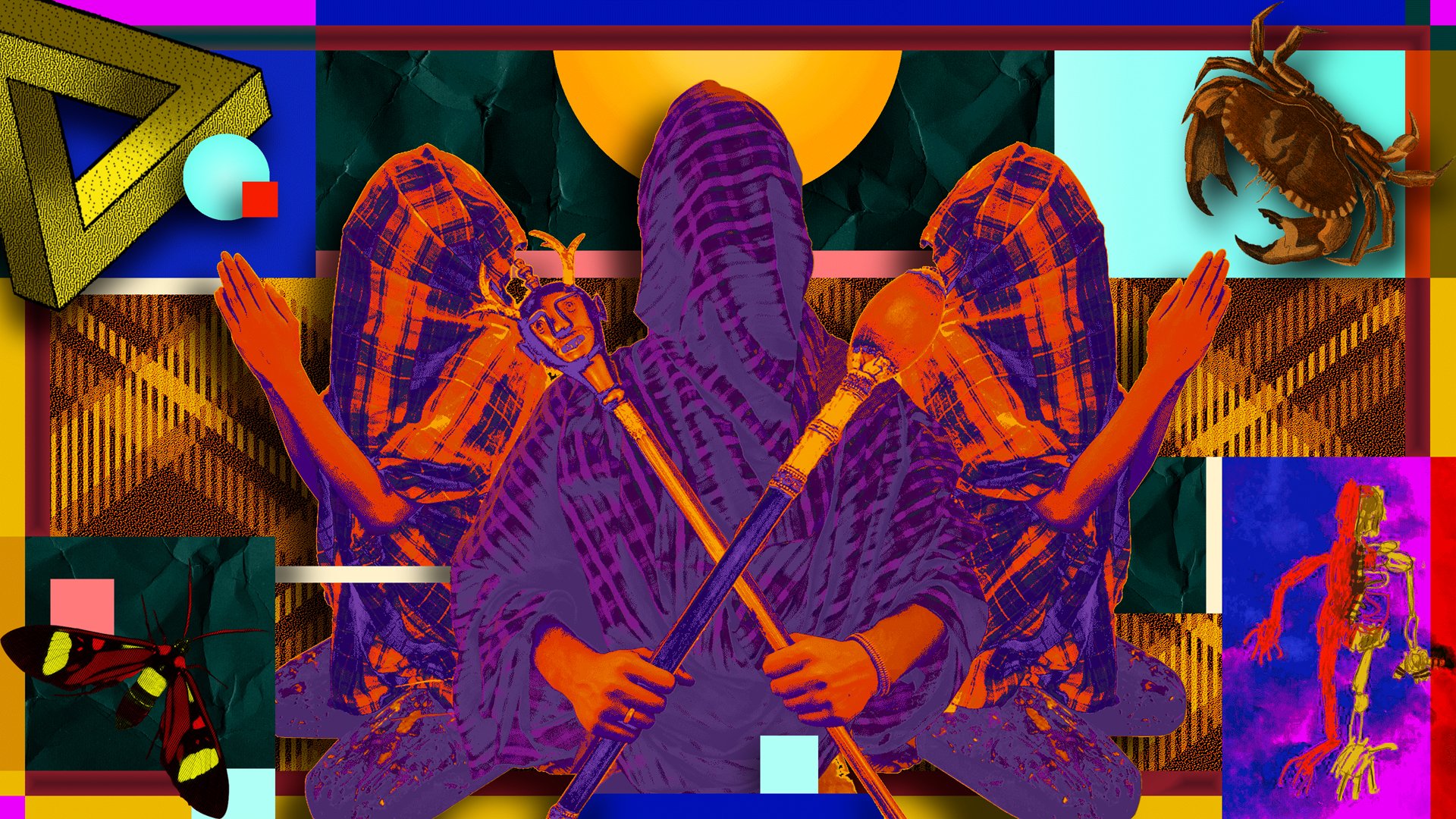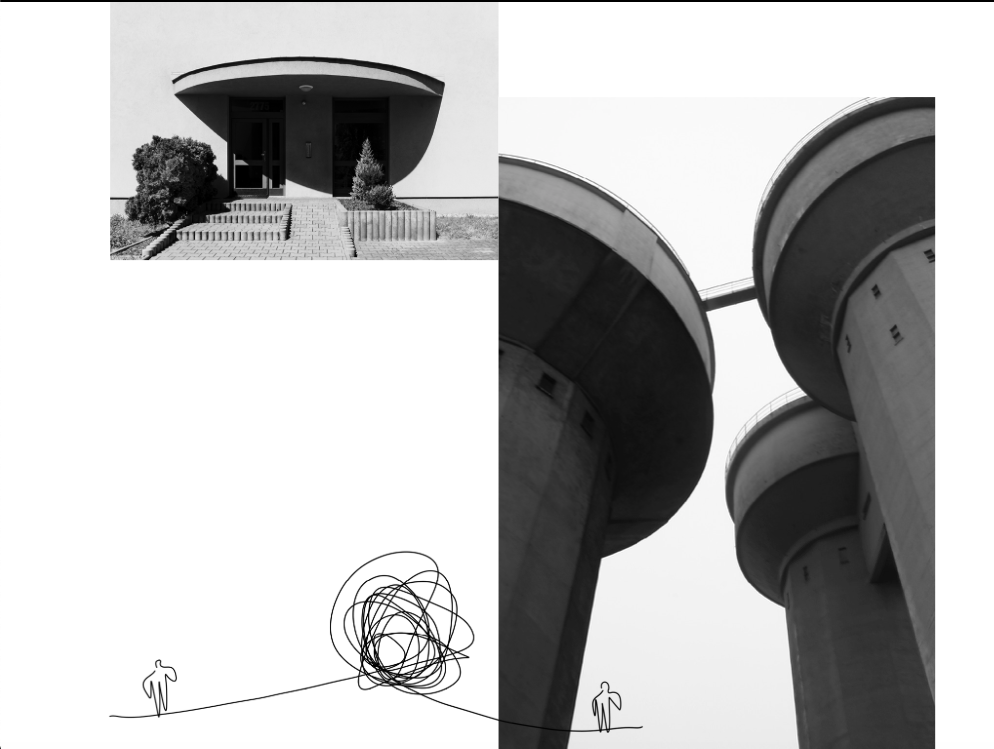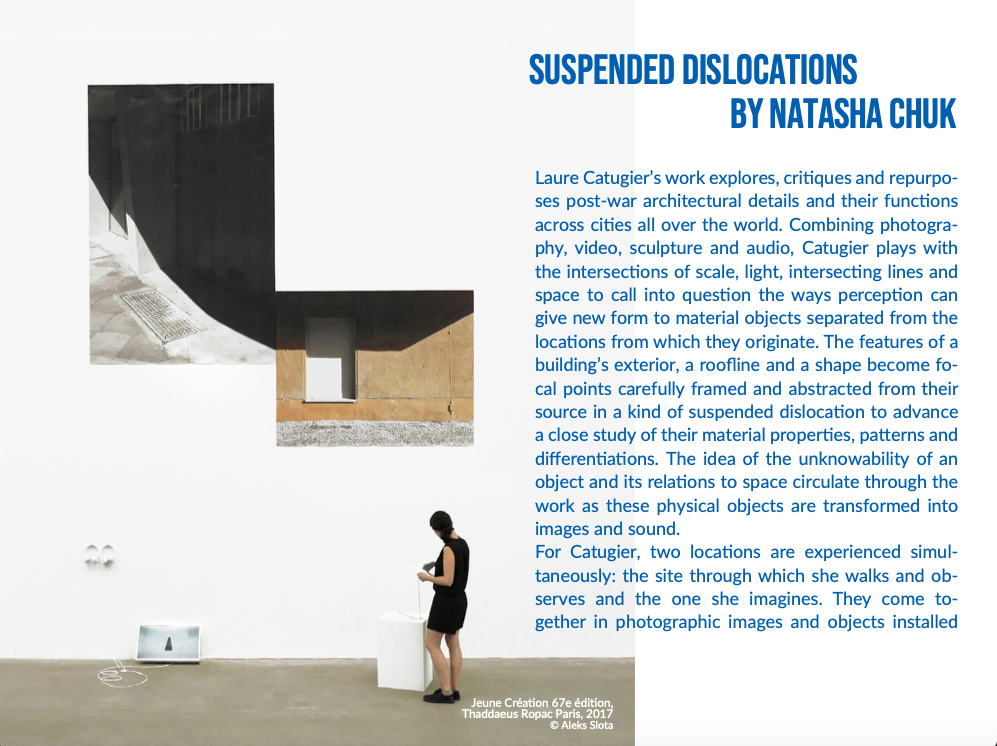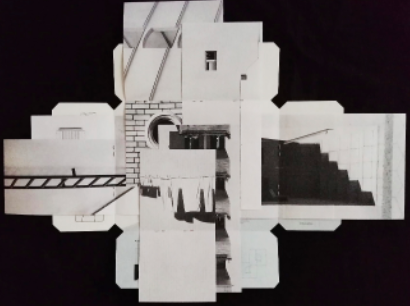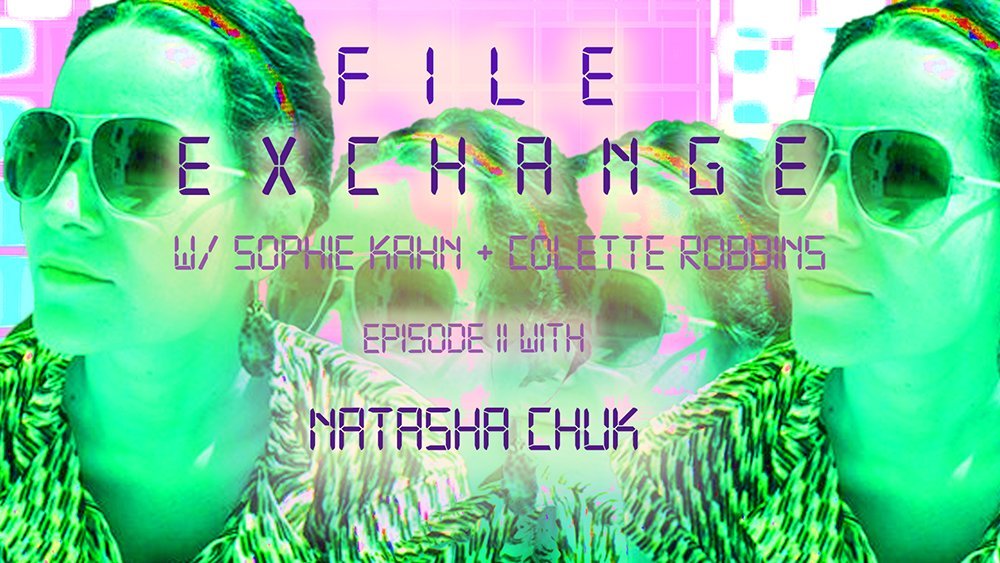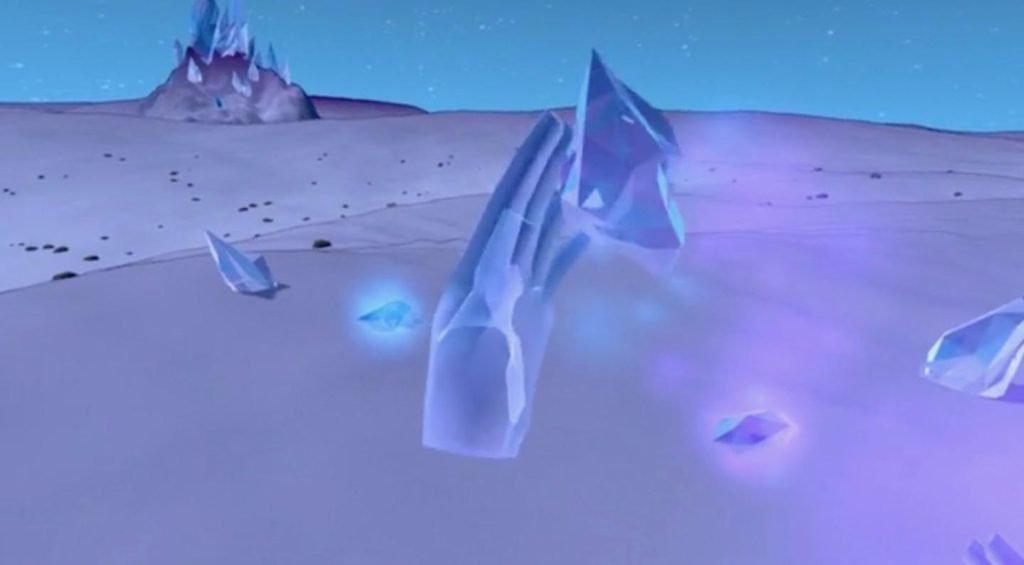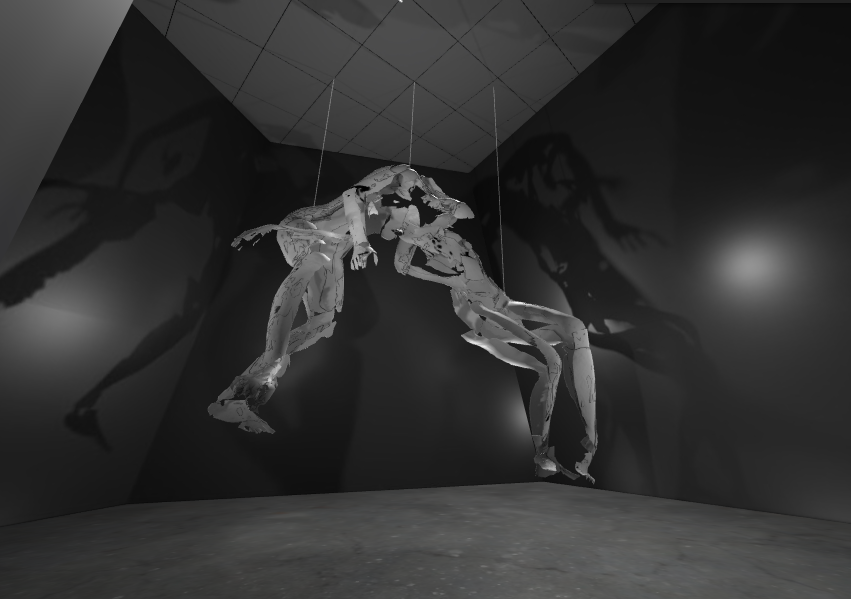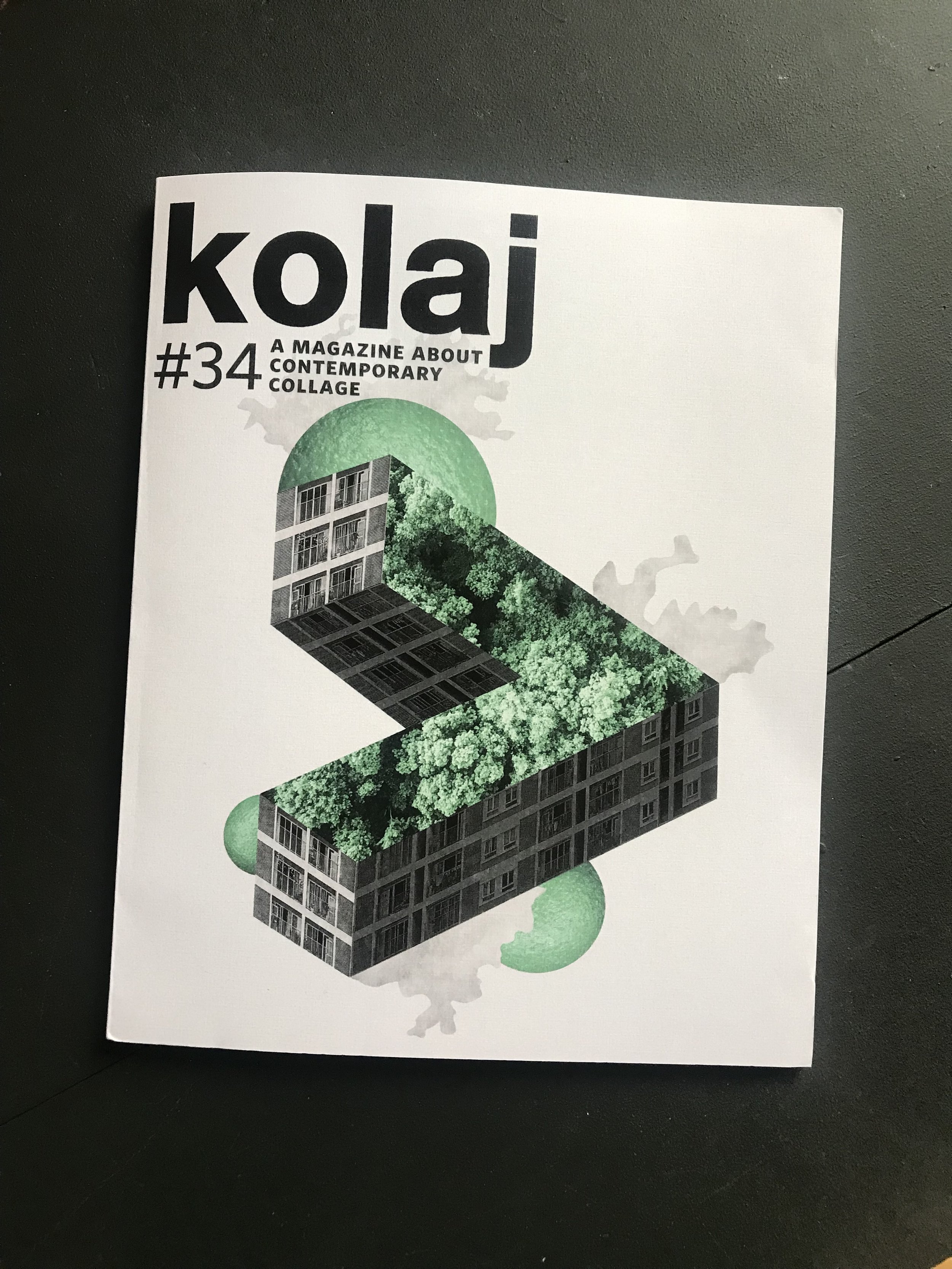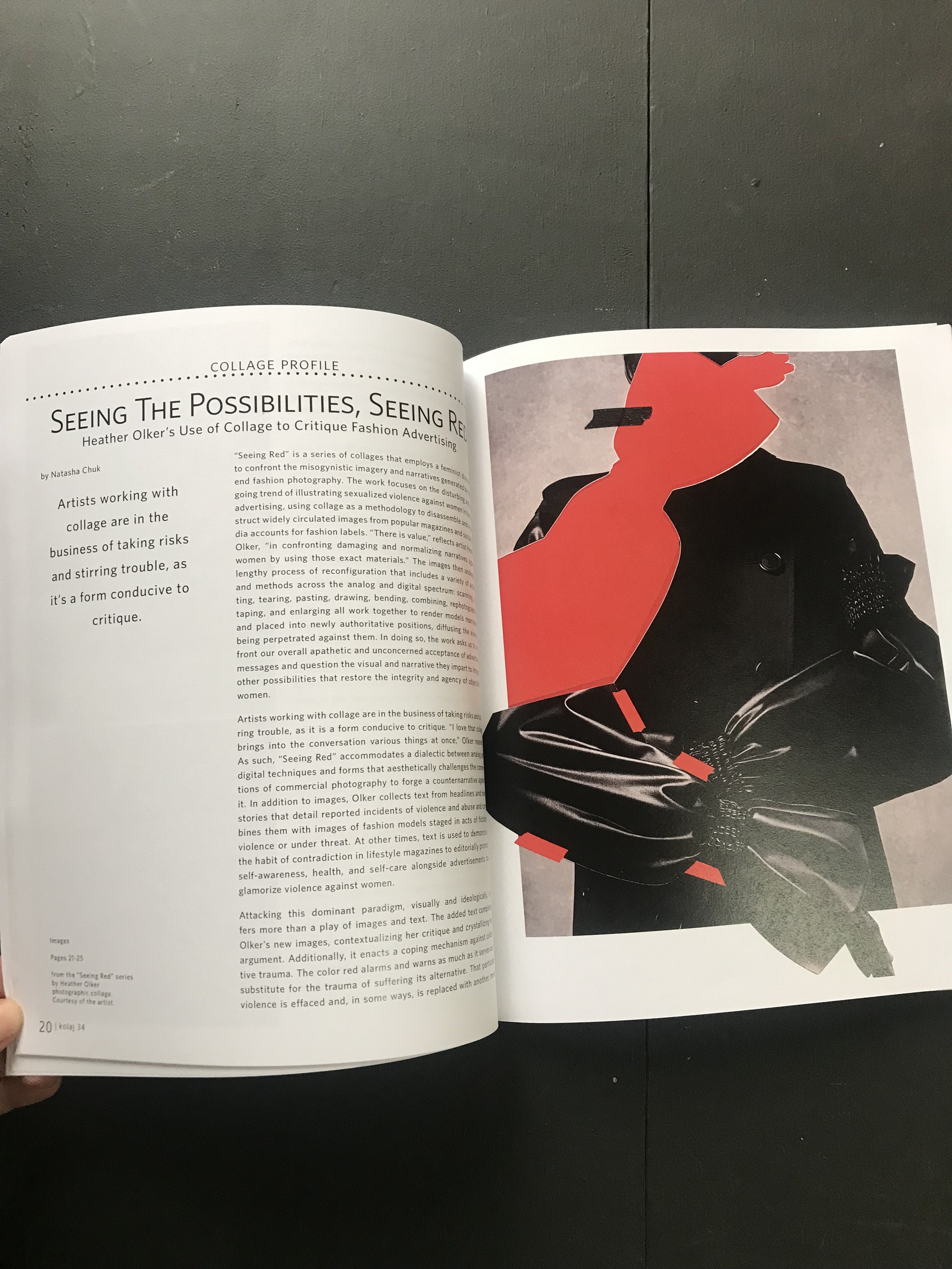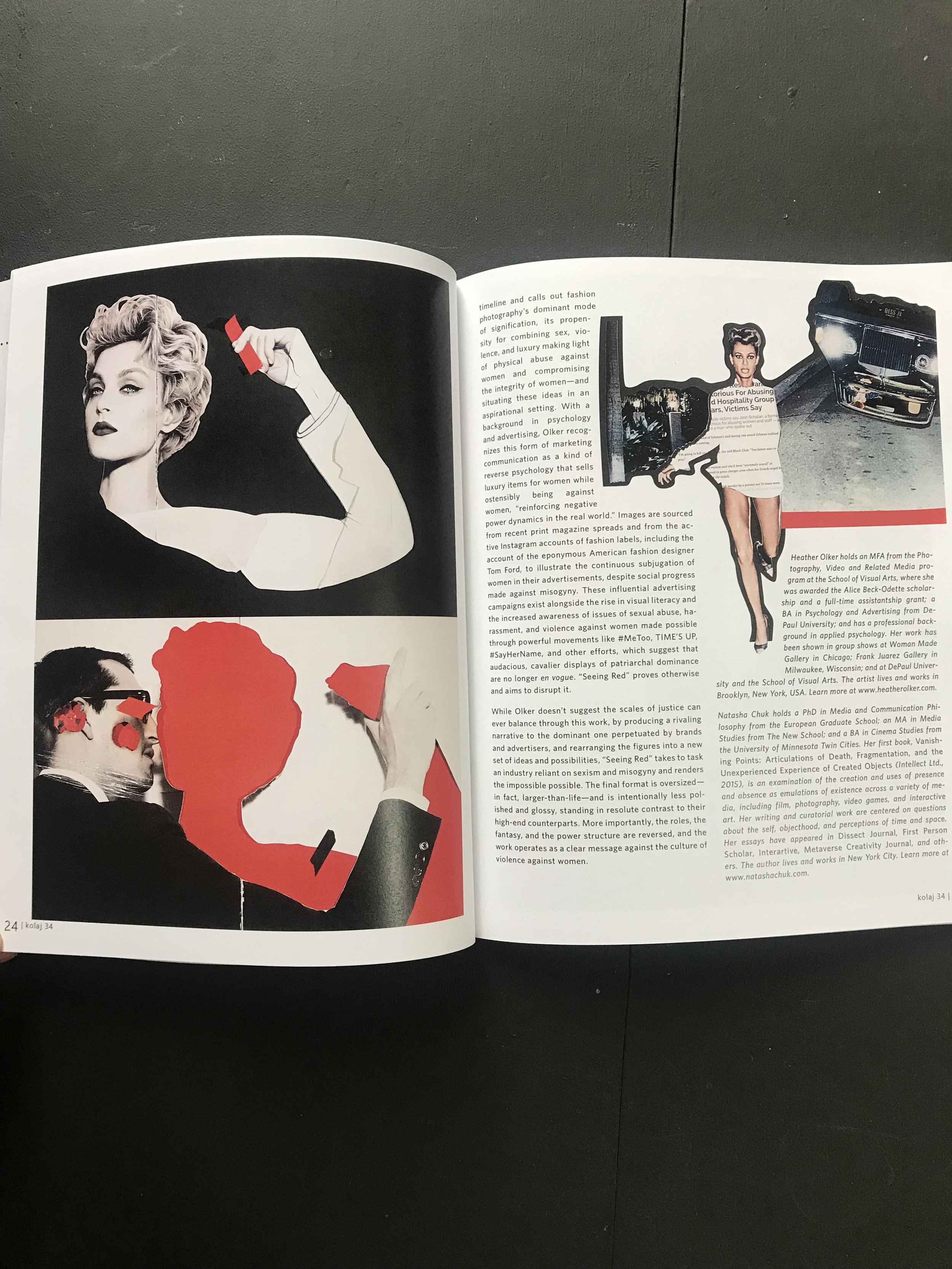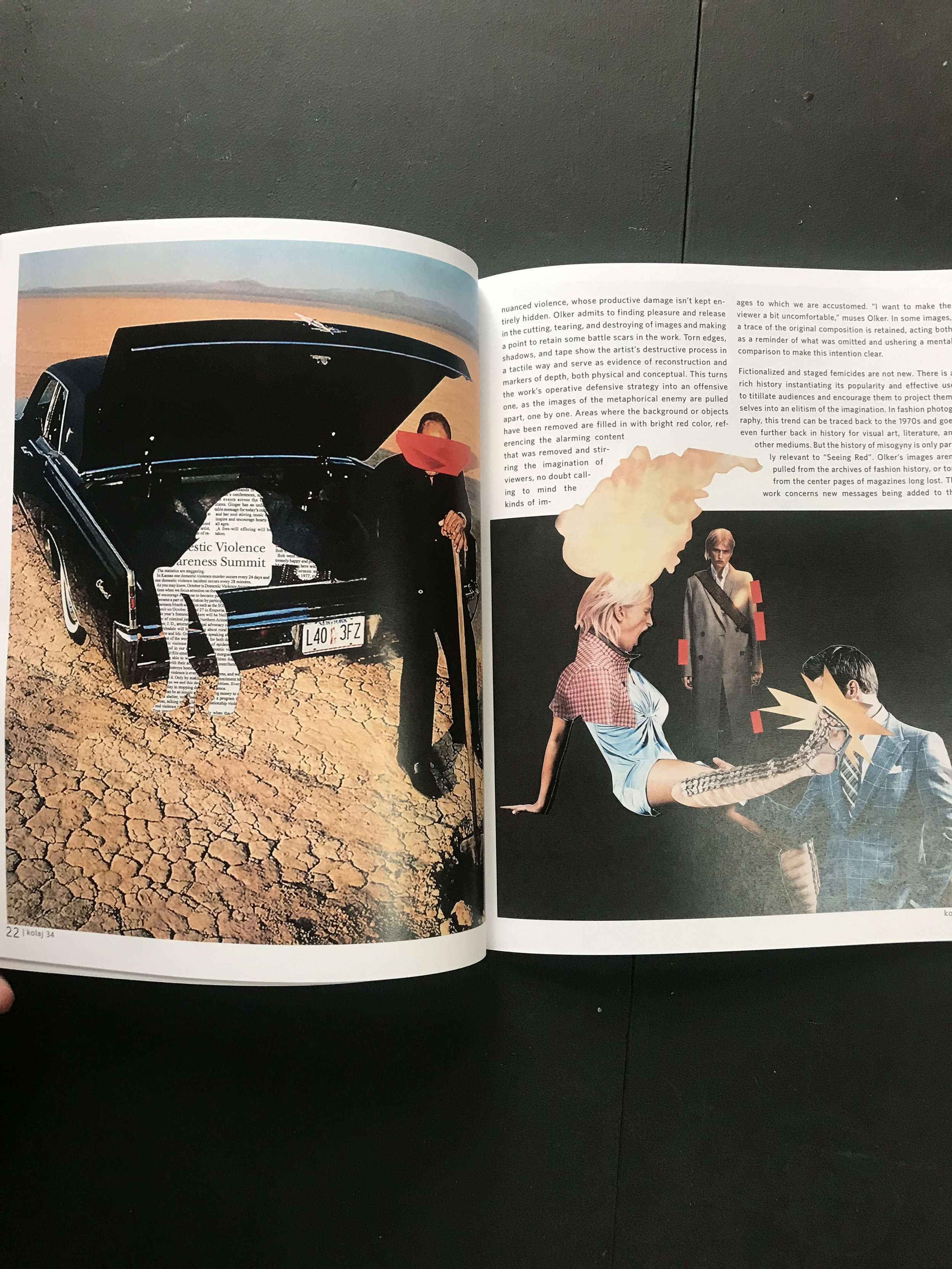Wrapping up the year with Glitch Poetics
After spending some time thinking about AI image synthesis, I felt invigorated by Nathan Allen Jones’ Glitch Poetics (2022), a book that helped me untangle the complicated relations between photographic heritage, affect, and the productive misuse of our technical tools.
There are many passages worth emphasizing, but this one brings many of the book’s most significant ideas together:
“Oscillation is a key idea for glitching because it describes a mode in which the temporalities of a medium outrun perceptive capacity and produce ambiguous, strange, ghostly and illusory effects. Like a thaumatrope illusion, where the persistence of human vision blends the images on two sides of a rapidly spinning piece of card into a single image, the glitch oscillation produces an effect in the receiver that is temporary and virtual, yet ‘real’ and absorbing” (253).

